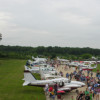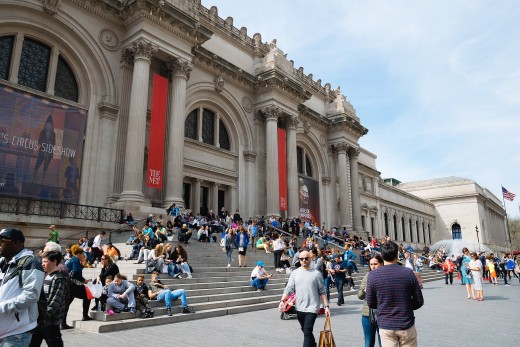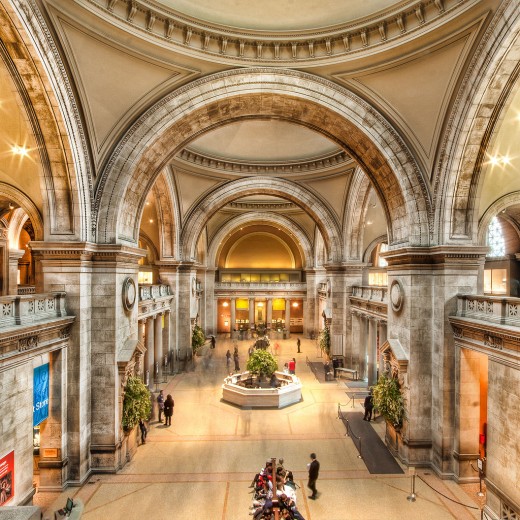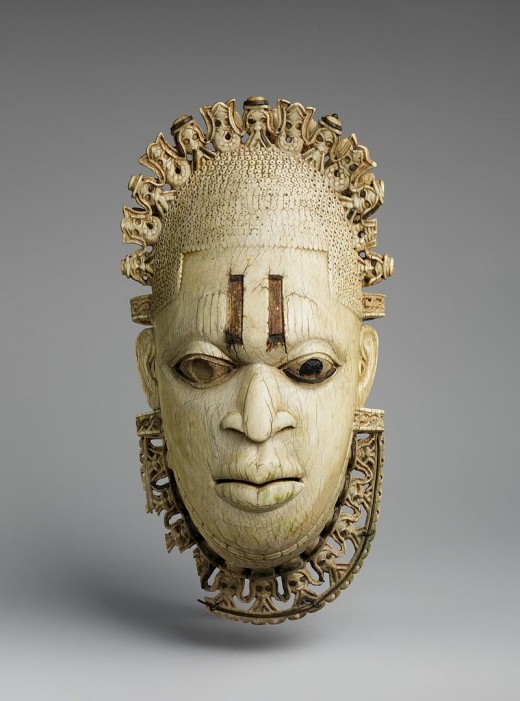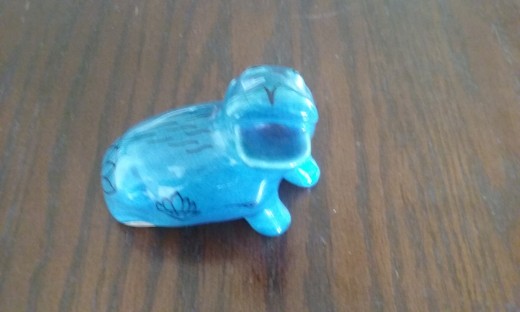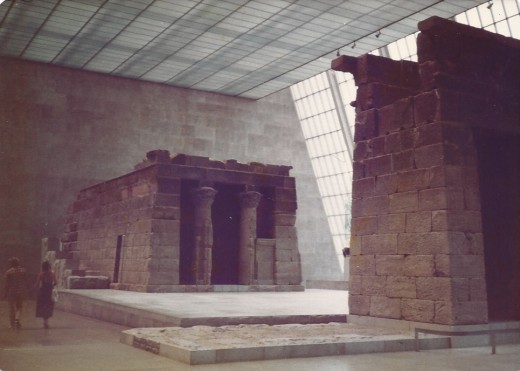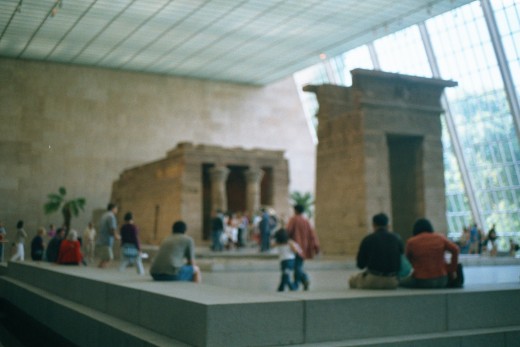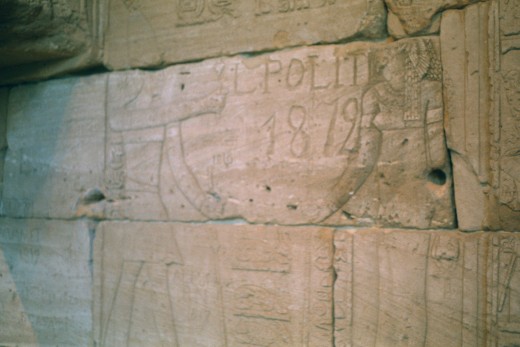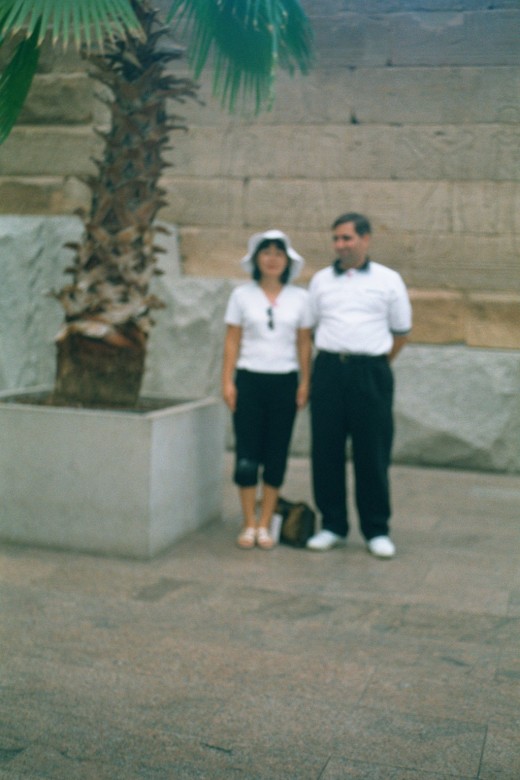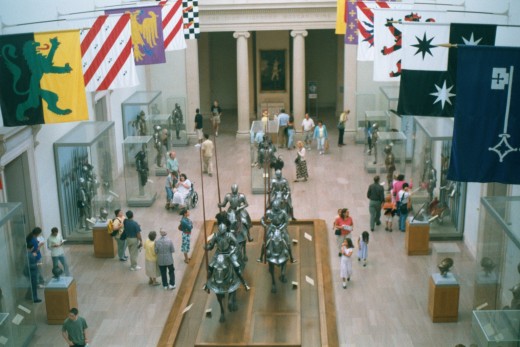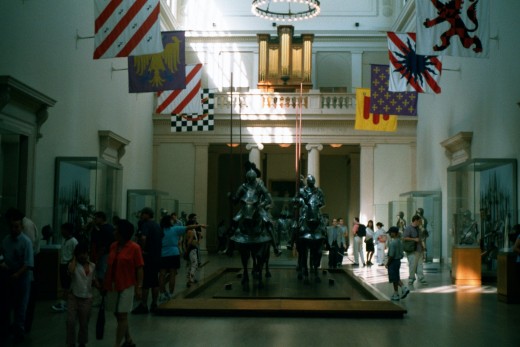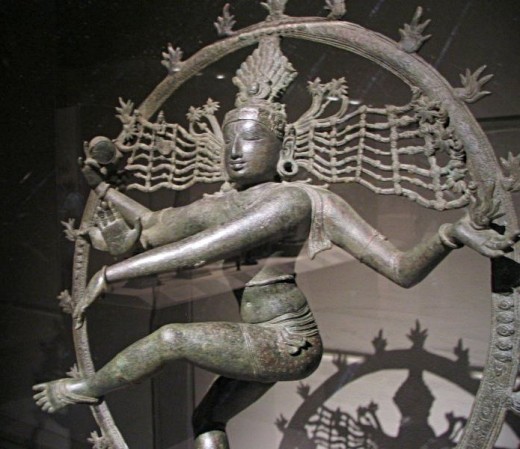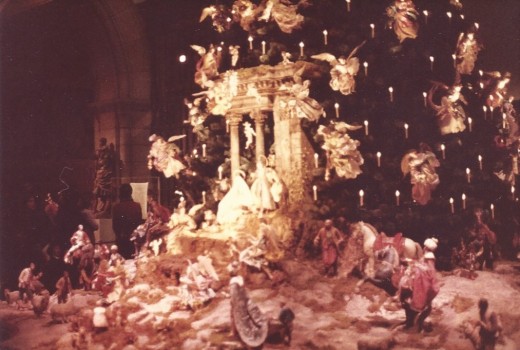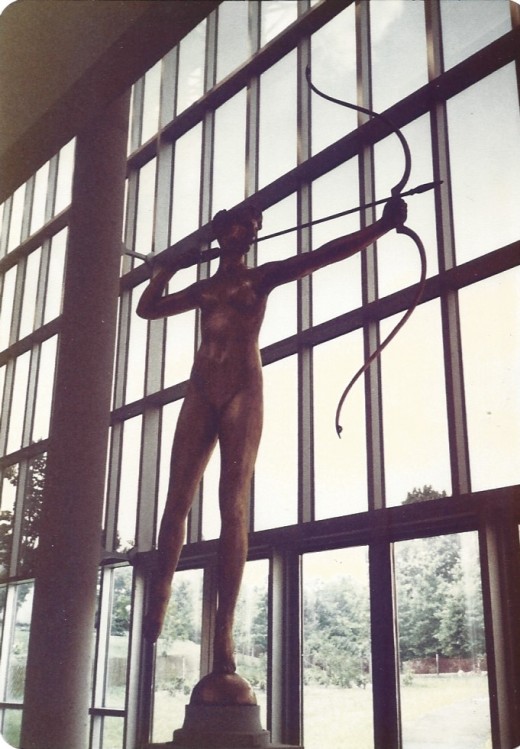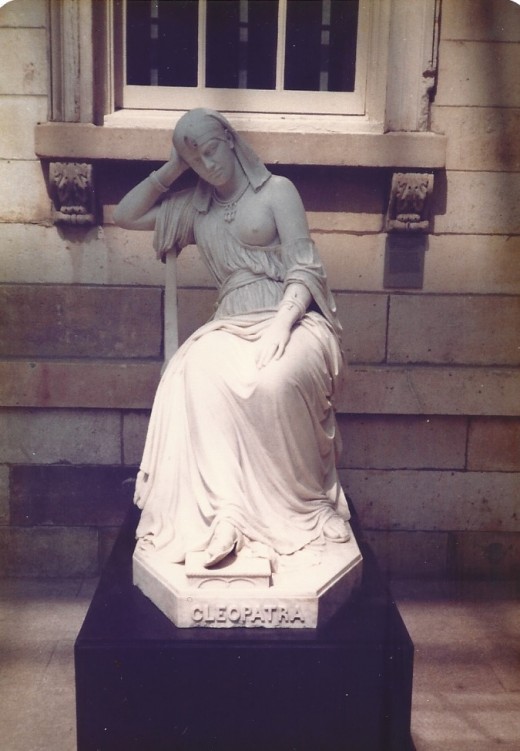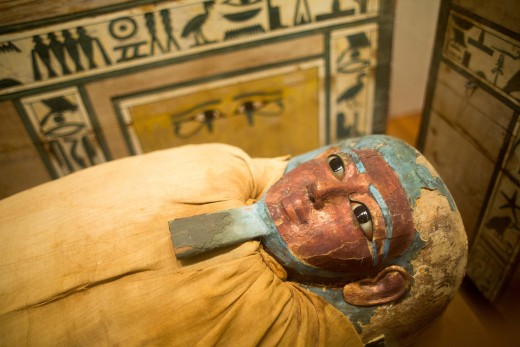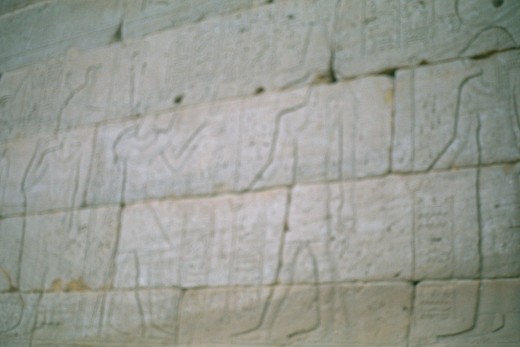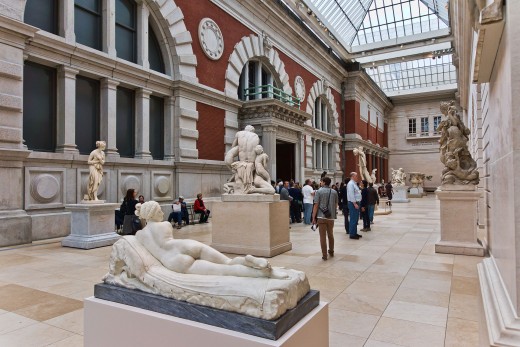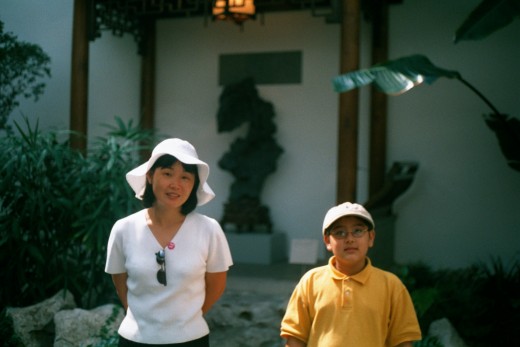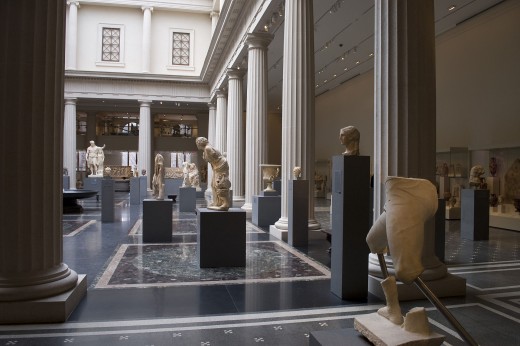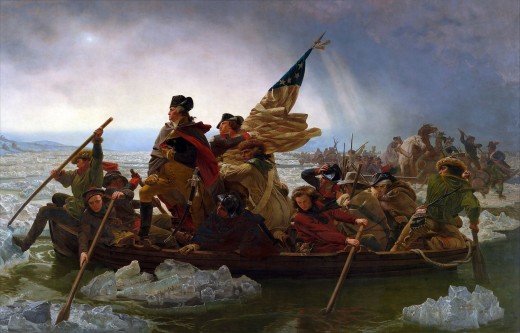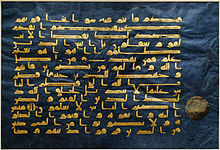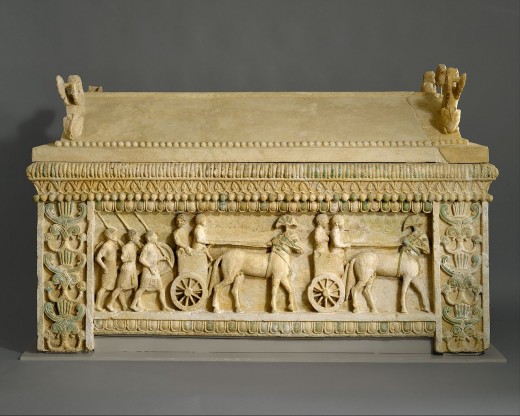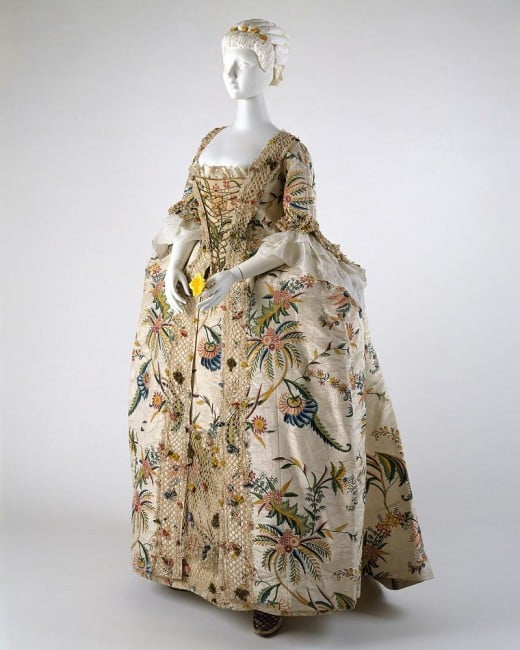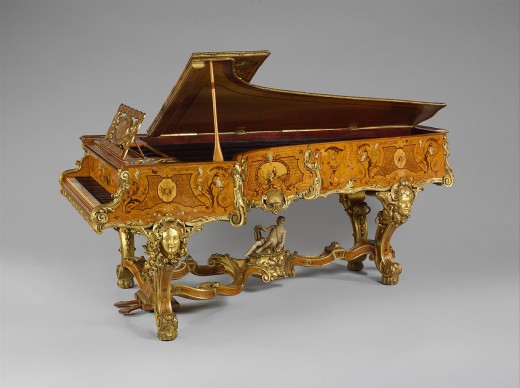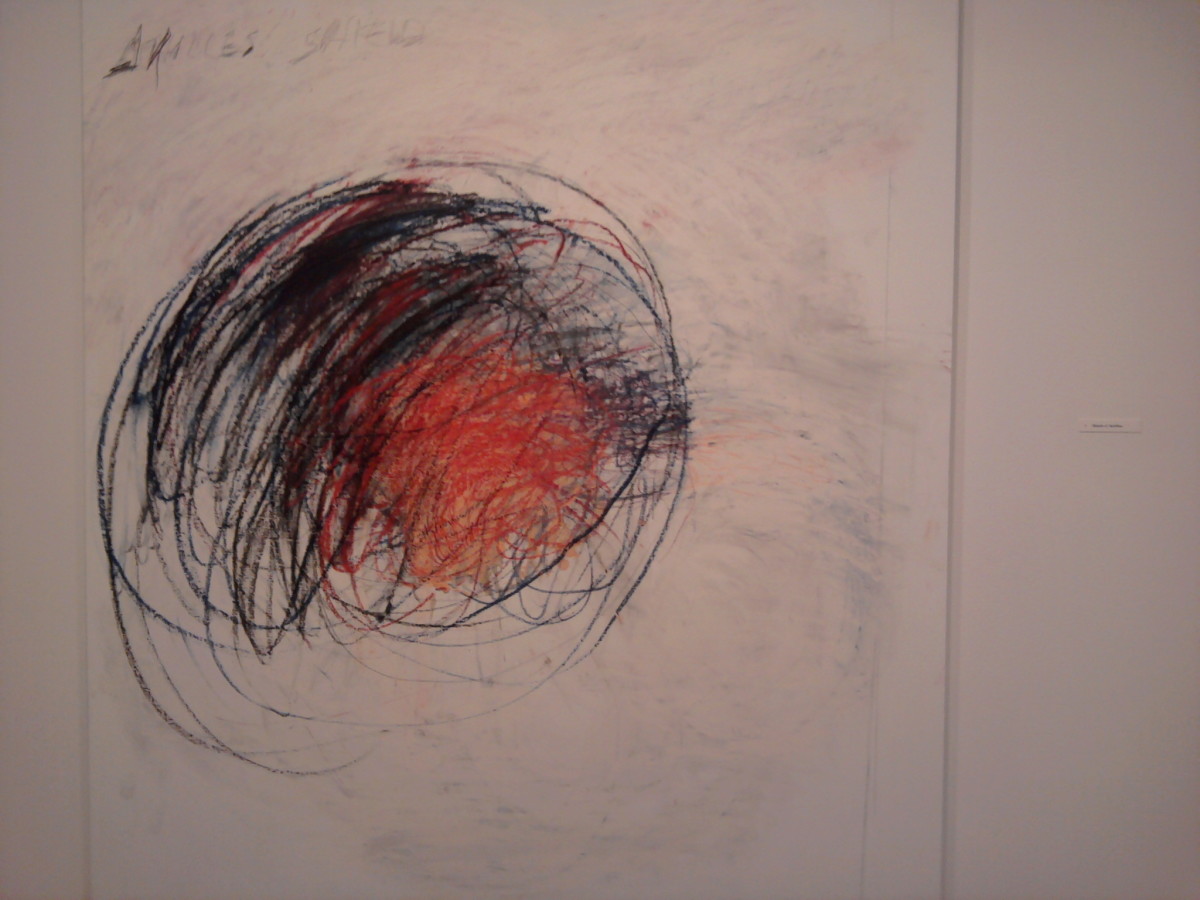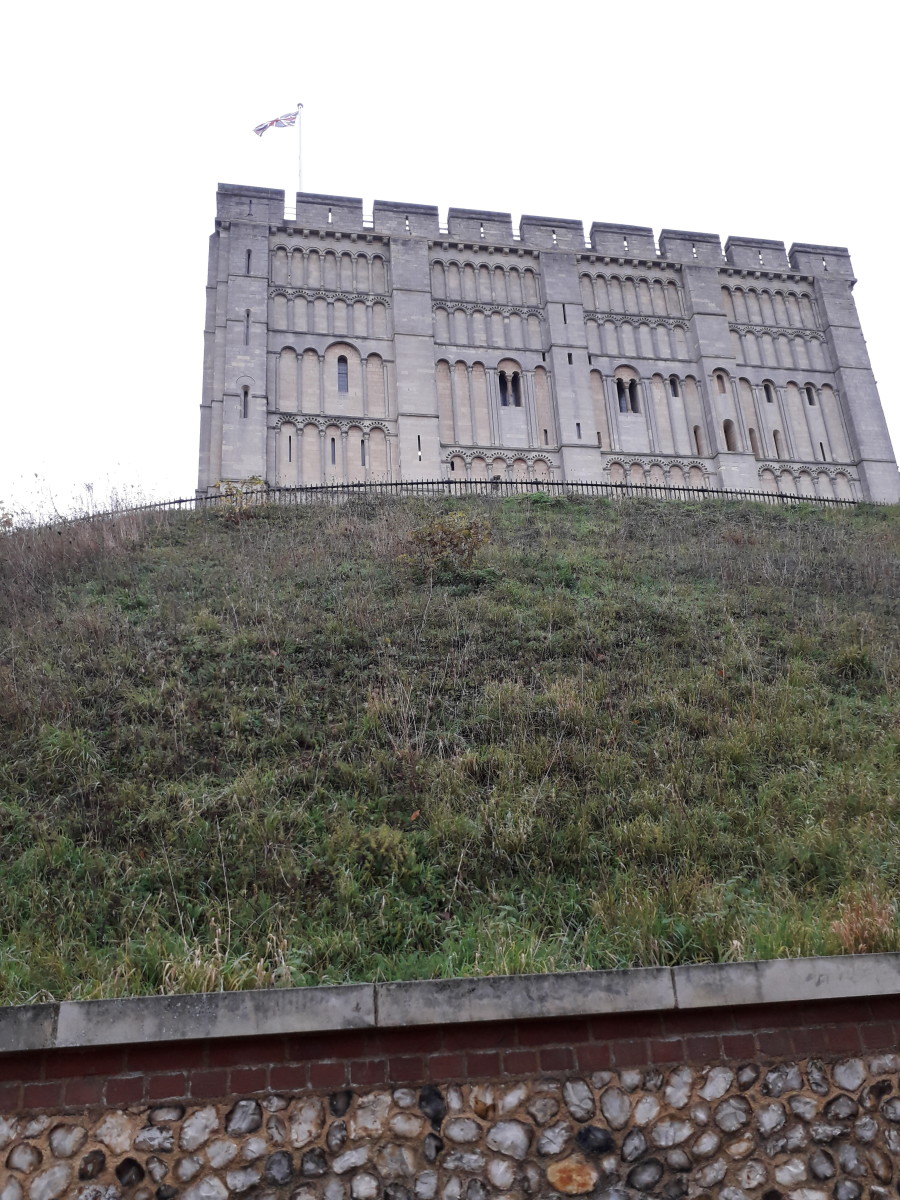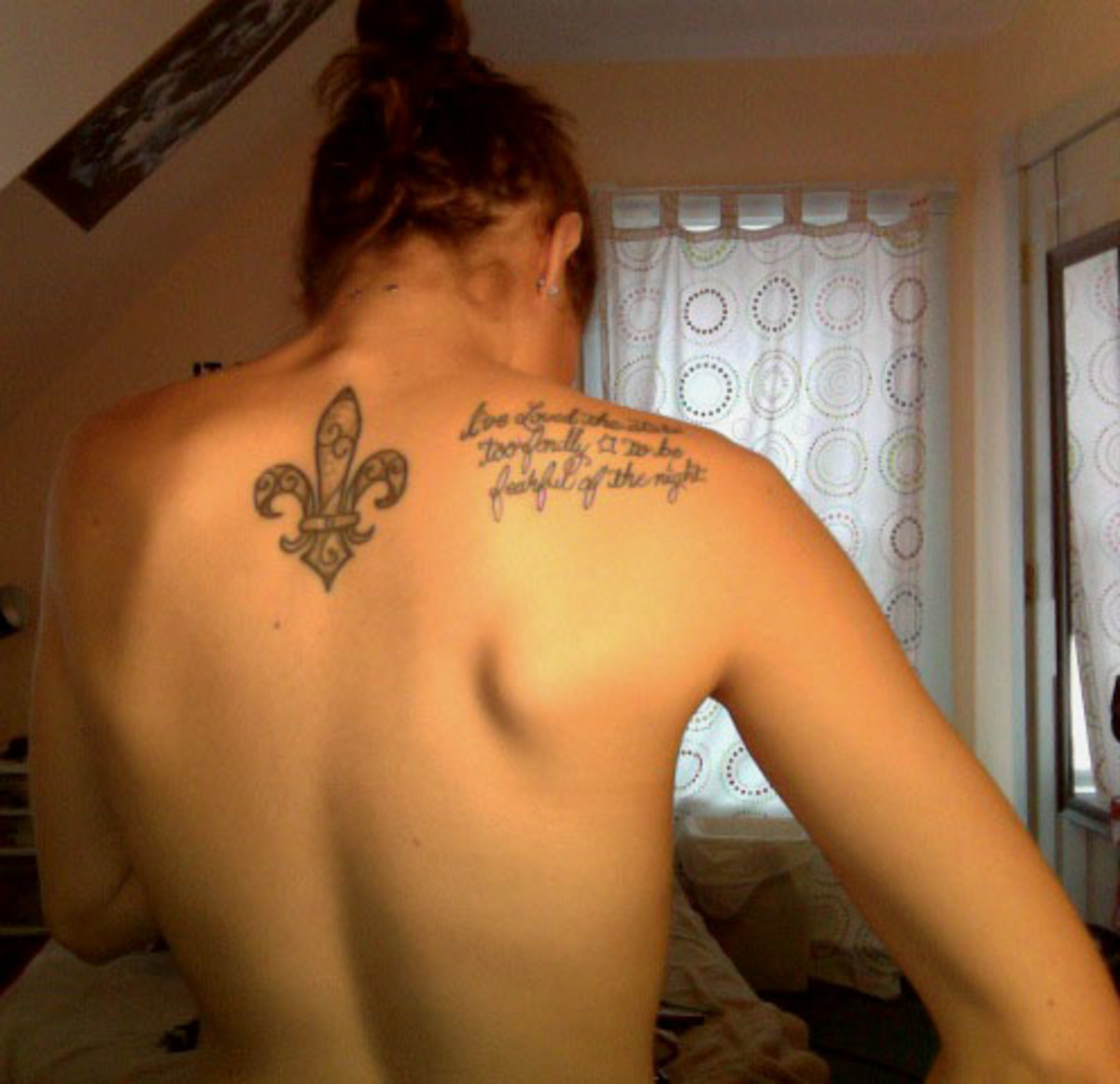The Metropolitan Museum of Art: More Than Paintings



























Basic Information
The Metropolitan Museum of Art in Manhattan is one of the largest museums in the world. The Metropolitan Museum of Art (The Met) has a large collection of paintings and sculptures. It also has much more. The Met’s artifacts span all of recorded history from all cultures. The Met is open every day except Thanksgiving, Christmas, and New Year’s Day. The museum opens at 10 AM and closes on 5:30 PM on Sunday – Thursday. On Friday and Saturday, the Met stays opened until 9 PM. Admission is free for children 12 and under. Admission for adults 65 and under is $25. Senior admission is $17. Student admission is $12. New York State residents and New York, New Jersey, and Connecticut student pay whatever amount they wish.[i] The Met’s address is; 1000 Fifth Avenue, New York, New York. It is in Central Park with the main entrance on 5th avenue and 82nd street. This article covers The Met Fifth Avenue. The Metropolitan Museum of Art also includes, The Met Breuer; a modern art museum, and The Met Cloisters. The Cloisters is dedicated to art, architecture, and gardens of medieval Europe.
The Met first opened to the public on February 20, 1872. The current Met building was built in 1874. The Museum’s collection contains over 2 million works. It is the largest art museum in the United States.
[i] Metropolitan Museum of Art web site, https://www.metmuseum.org/visit/met-fifth-avenue, last accessed, 6/18/18.
Some Museum Highlights
Almost all the museum sections have large collections of artifacts. Arts from Africa, Oceana, and the Precolumbian Americas are in a single section of 10 galleries. A recent acquisition to this section are Royal Crests from Western Cameroon.
The Greek and Roman Art section has over 17,000 artifacts that date from 4,500 BCE to 312 CE. Its Leon Levy and Shelby White Gallery has sculptures from the 3rd to 1st century BCE. This includes fragments from the Temple of Artemis at Sardis, which is in the southwestern part of modern day Turkey.
The Medieval Sculpture Hall has an appearance of the interior of a church. A Spanish choir screen, dated 1763, from the Valladolid Cathedral dominates the hall. The hall has large artifacts, including tapestries, sculptures, furniture, and altarpieces from the 14th to 16th century. During the Christmas Season the museum displays its tree here. They decorate the tree with cherubim’s and candles. Under the tree is an elaborate nativity scene.
The main entrance to the Near Eastern section is through The Assyrian Royal Court. This gallery gives the appearance of a 9th century BCE Assyrian palace. Two chimeras with human heads, large wings, and lion and bull bodies are at the entrance. Reliefs line the walls. These were excavated in mid-19th century during one of the first archeological expeditions to the Near East.
The Asian Art section has the largest collection of Chinese Buddhist sculptures in the West. There are over 35,000 artifacts from the 3rd millennium BCE to today. One gallery is made to look like a Ming Dynasty courtyard. The Japanese Art section occasionally has demonstrations of Japanese flower arranging and tea ceremony.
The Arms and Armor section includes an equestrian court that has suits of armor mounted on horses’ armor. Other suits of armor are in glass cases. The armor includes armor for battle, armor for jousting, and ceremonial armor. There is a gallery for Japanese arms and armor, and an adjacent gallery for Japanese swords and daggers. There is a gallery for Islamic arms and armor. There is a gallery for American weapons of the colonial period. There are galleries for European arms and armor from the 5th through the 18th century.
The Egyptian section has over 26,000 artifacts dating from 300,000 BCE to the 4th Century CE. The sections entrance has the Tomb of Perneb. The tomb was built sometime between 2381 to 2323 BCE. The Egyptian section also had The Temple of Dendur. It was built as a pagan temple about 15 BCE and later became a Christian temple. In the 19th and early 20th century it was an attraction for Western tourists. Some of them etched their names or initials on the Temple. With the building of the Aswan Dam many significant ancient Egyptian monuments were threatened by rising waters. In 1968 the Egyptian government gave the Temple to the United States in recognition of the U.S. support in saving these monuments. Since the Met had an extensive ancient Egyptian exhibit it was the logical choice to house this gift.
The Met has a large gift shop. The museum sells the usual items sold in museum gift shops. The Met also sells reproductions of their artifacts. People who can afford it can buy items that look like real museum pieces.
© 2018 Robert Sacchi
